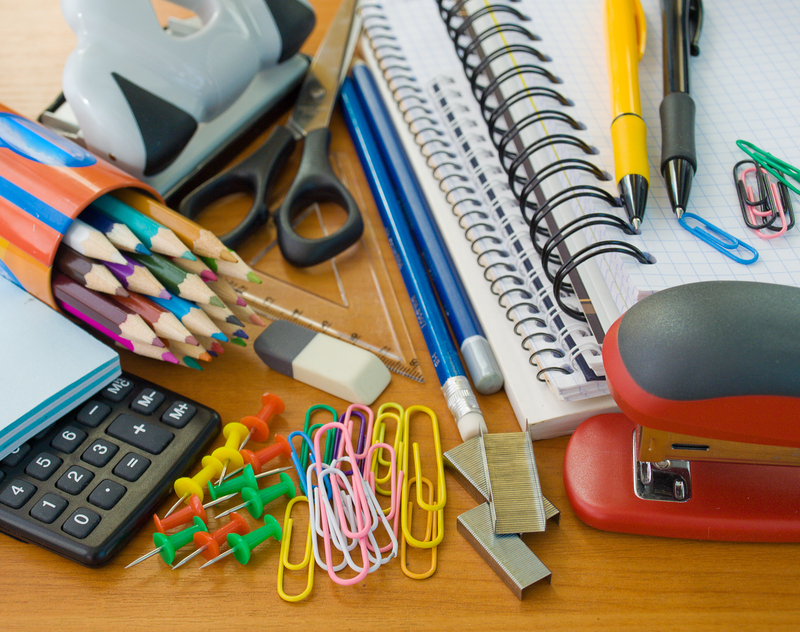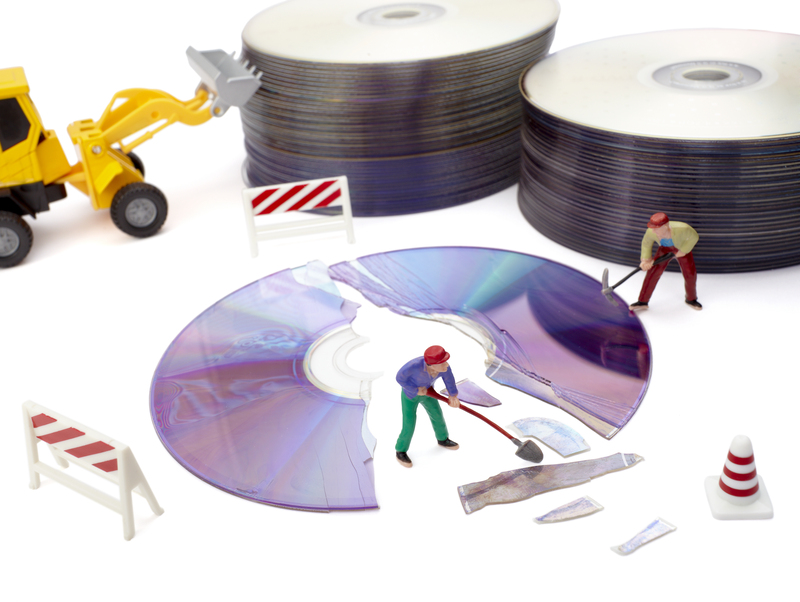Transform Unused Goods Into Works of Art Through Inventive Upcycling
Have you ever looked at unused items or discarded materials and wondered if they could be reimagined into something extraordinary? The art of upcycling offers a creative and sustainable way to breathe new life into old goods, transforming them into imaginative works of art. In this comprehensive guide, we'll explore the world of inventive upcycling, provide inspiring ideas, and share expert tips to help you convert everyday items into stunning, meaningful art pieces--perfect for personal enjoyment or even sale.

What Is Upcycling? Understanding This Transformative Trend
Upcycling--sometimes referred to as creative reuse--differs from recycling in that it doesn't just break materials down; instead, it repurposes them, often increasing their value, aesthetic appeal, and functionality. Upcycled art is a phenomenon where artists and hobbyists convert unused or thrown-away items into unique masterpieces. From turning glass bottles into elegant lamps to transforming old suitcases into quirky shelves, the possibilities are endless.
The Benefits of Upcycling Unused Goods
- Reduces Waste: By diverting items from landfills, you help minimize environmental impact.
- Encourages Creativity: Upcycling challenges you to think differently about form and function.
- Saves Money: Many potential art materials are already at home, costing nothing extra.
- Personal Expression: Upcycled art is a reflection of your unique vision and style.
- Builds Community: Upcycling workshops and collaborative projects unite eco-conscious makers.
Difference Between Upcycling and Recycling
Recycling typically involves breaking materials down to their raw state, which requires more energy and resources. In contrast, transforming unused goods into works of art through inventive upcycling uses creativity to directly remodel objects, keeping their integrity while giving them new aesthetic and functional value. For example, while recycling an old wood chair means chipping it into mulch, upcycling could mean transforming it into a vibrant garden planter or wall sculpture.
Popular Upcycled Art Forms and Creative Ideas
- Furniture Remakes: Turn wooden pallets into rustic coffee tables or benches.
- Textile Art: Use fabric scraps to create patchwork quilts or wall hangings.
- Repurposed Lighting: Make unique lampshades from tin cans or glass jars.
- Mixed-Media Sculptures: Combine plastics, wires, and metals for expressive modern art.
- Jewelry: Convert outdated electronics or buttons into wearable pieces.
Transforming unused goods into upcycled artwork isn't just for artists--it's accessible to everyone with a little imagination and a willingness to experiment.
Step-by-Step Guide to Transforming Unused Goods Into Art
Below is a structured approach to help you embark on your inventive upcycling journey:
1. Gather Your Materials
- Search your home, garage, or attic for items like old furniture, glass bottles, picture frames, or broken appliances.
- Ask friends, neighbors, or local businesses for donations of items destined for the landfill.
- Scour thrift shops and flea markets for unique finds with potential.
2. Get Inspired
- Browse online platforms like Pinterest or Instagram using keywords like "upcycled art ideas" or "repurposed decor."
- Visit local galleries or craft markets for real-life examples.
- Look around your environment--nature, urban settings, and existing art can spark creativity.
3. Plan Your Project
- Decide on the function and style of your finished piece--wall art, sculpture, furniture, etc.
- Sketch your idea, noting possible color schemes and finished textures.
- Make a list of additional supplies needed, such as glue, paint, screws, or accessories.
4. Prepare and Clean
Before starting, clean and prep your materials thoroughly. Remove dirt, rust, or old finishes as needed. Sand rough edges and make minor repairs to ensure safety and ease of working.
5. Transform Through Creativity
Let your imagination lead you! Cut, paint, glue, sew, or sculpt. Experiment with mixing textures and materials. Don't be afraid to deconstruct and reconstruct items to achieve your ideal vision.
6. Finishing Touches
- Add protective finishes like varnish or sealants for durability.
- Embellish with stencils, decoupage, or other decorative touches.
- Install hanging hardware or fixtures if needed.
10 Inventive Upcycling Project Ideas to Get You Started
- Mosaic Tabletop from Broken Ceramics: Collect shattered dishes or tiles to craft a vibrant tabletop design.
- Garden Planters From Tires: Paint and stack old tires to create playful flower beds.
- Ladder Bookshelf: Reimagine a wooden ladder into a rustic or industrial-chic book display.
- Drawer Shadow Boxes: Transform old drawers into wall-mounted storage and art displays.
- Suitcase Shelves: Saw old suitcases in half and mount them to walls as eclectic shelving units.
- Bottle Cap Art: Glue colorful caps onto panels for pop art or signage.
- Pallet Coffee Tables: Sand and paint an old shipping pallet, adding wheels for mobility.
- Denim Patchwork Cushions: Turn worn-out jeans into sturdy, stylish pillow covers.
- CD Sun Catchers: Cut and arrange discarded CDs into shimmering window art.
- Metal Can Lanterns: Puncture patterns into tin cans, paint, and add candles for upcycled lighting.
Expert Tips for Successful Inventive Upcycling Projects
- Start Simple: Pick easy projects first to build confidence and skills.
- Learn Basic Techniques: Familiarize yourself with safe tool handling, painting, and joining methods.
- Mix and Match Materials: Combining wood, metal, and fabric creates interesting contrasts.
- Embrace Imperfections: Flaws can add character and authenticity to upcycled art.
- Document Your Process: Photograph each step--you'll have memories and potentially content to inspire others.
- Go Green: Use non-toxic paints, finishes, and adhesives where possible for eco-friendly creations.
Transform Unused Goods Into Marketable Art: How to Sell Upcycled Masterpieces
Upcycled art has a growing market, with buyers seeking sustainable and original decor or gifts. Here's how you can turn your creativity into income:
- Set Up Online Shops: Platforms like Etsy, eBay, or Instagram provide global reach for upcycled creations.
- Participate in Artisan Markets: Local craft fairs, farmers' markets, and pop-up stores attract conscious consumers.
- Collaborate with Local Businesses: Cafes, boutiques, or galleries may sell or display your upcycled art.
- Offer Custom Upcycling Services: Transform clients' sentimental objects into personalized art pieces.
Community and Environmental Impact of Inventive Upcycling
Transforming unused goods into imaginative art is more than a personal hobby--it's a movement with broad societal and ecological benefits. Consider these positive impacts:
- Reduction of Landfill Waste: Each upcycled item means less garbage and pollution.
- Resource Conservation: Upcycling conserves water, energy, and raw materials needed for new products.
- Inspiring Others: Upcycled art exhibitions and workshops encourage education and environmental awareness.
- Building Community: Group projects bring people together, fostering collaboration and shared purpose.
Inventive Upcycling Success Stories: Inspiration from Around the World
1. Art Installations from Marine Debris
In coastal cities, artists have rescued plastic waste from beaches, transforming it into impactful sculptures and public exhibits. These projects highlight environmental issues while providing visually stunning results.
2. Furniture Makers Using Reclaimed Wood
Independent woodworkers turn barn wood, shipping crates, and fallen trees into heirloom-quality furniture--a celebration of the wood's story and a testament to sustainable design.
3. Wearable Technology from Obsolete Devices
Designers refashion outdated circuit boards, wires, and buttons into futuristic jewelry and fashion accessories, merging technology with style.
How to Encourage Inventive Upcycling in Your Community
- Organize Upcycling Workshops: Bring together neighbors, schools, or clubs to learn upcycling basics and share materials.
- Host Upcycled Art Contests: Motivate creativity and spread awareness about waste reduction through friendly competition.
- Start a Materials Exchange: Create local programs for sharing unused goods, bundling them into community art supplies.
- Partner with Environmental Organizations: Align with nonprofits to amplify the impact and reach broader audiences.

Frequently Asked Questions About Transforming Unused Goods Into Upcycled Art
What materials are best for upcycled art projects?
Start with robust items like wood, metal, glass, and sturdy plastics. Fabric, cardboard, and even unconventional objects like keyboards or bicycle parts can become stunning when creatively reused.
How can I improve my upcycling skills?
Practice is key. Watch online tutorials, join classes, and connect with other upcyclers for tips and inspiration. Don't hesitate to try new tools or mediums.
Is upcycled art durable?
Yes, as long as you use quality materials and proper finishing techniques, upcycled pieces can be as long-lasting as traditionally crafted ones.
Can I upcycle with children?
Absolutely! Upcycling is a fantastic family or classroom activity, teaching creativity, problem-solving, and environmental stewardship.
Conclusion: Embrace the Art of Inventive Upcycling
The journey to transform unused goods into works of art through inventive upcycling starts with a single, overlooked item and a spark of creativity.
By rethinking the potential of discarded objects, we're not just reducing waste, we're cultivating a greener planet and designing meaningful pieces that tell our stories. Whether you're crafting for personal fulfillment, gifting, or selling your upcycled masterpieces, remember that each creation is a statement: art and sustainability can--and should--go hand in hand.
Turn your unused goods into lasting works of art. The world is waiting to see what imaginative upcycling you'll create next!
